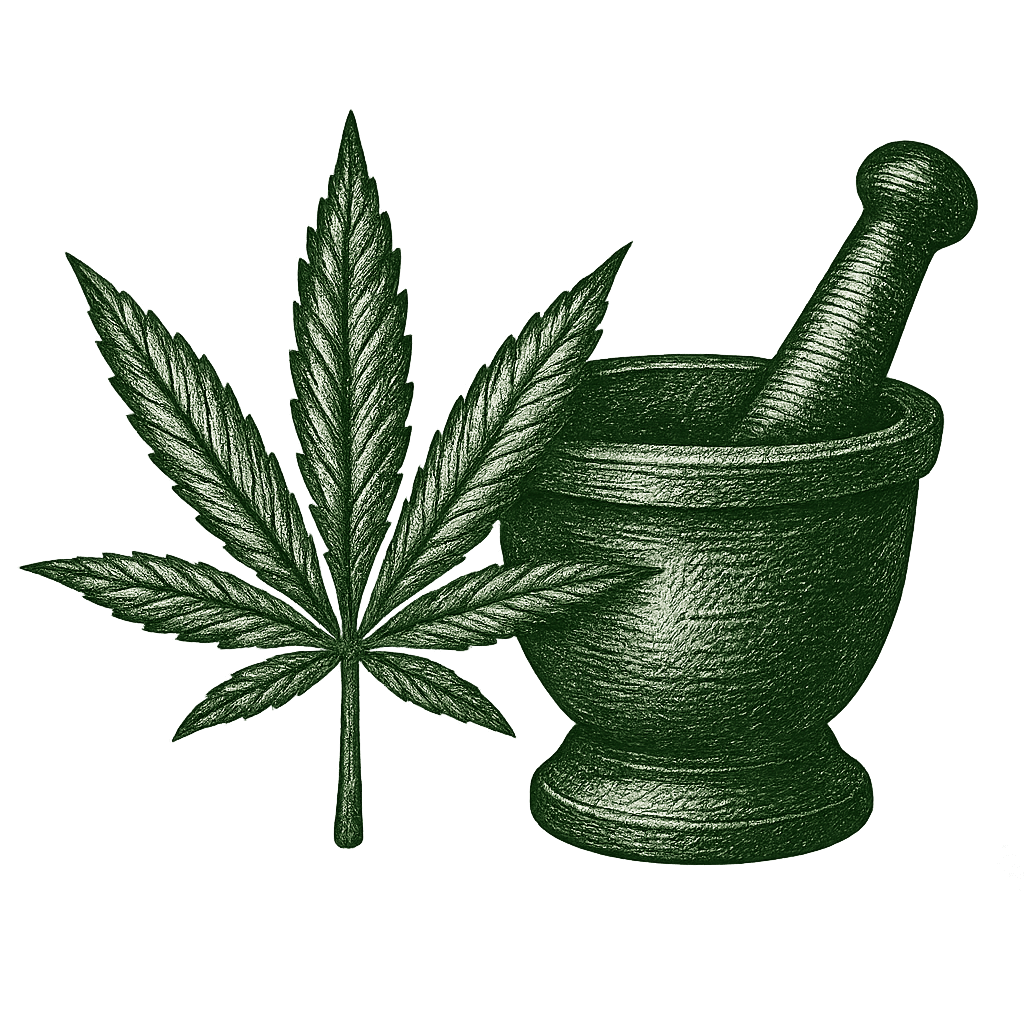A look at how cannabis can help manage chronic pain.

As a medical cannabis cultivator at Archevita, I've witnessed firsthand how our carefully grown plants have helped countless patients find relief from chronic pain. Understanding the intersection between cultivation practices and therapeutic outcomes is essential for maximizing the medicinal potential of cannabis. Today, I'd like to share insights on how cannabis is being used for chronic pain management and why cultivation methods matter in achieving consistent therapeutic results.
Chronic pain affects approximately 50 million American adults, significantly impacting quality of life and often leading to disability, anxiety, depression, and opioid dependence. Cannabis offers a potential alternative treatment pathway through its interaction with the body's endocannabinoid system (ECS).
The ECS consists of receptors (primarily CB1 and CB2) spread throughout the body, including the peripheral and central nervous systems. THC, a primary cannabinoid in cannabis, binds to these receptors, potentially reducing pain perception. Meanwhile, CBD works indirectly by inhibiting the breakdown of endocannabinoids and modulating inflammatory responses.
At Archevita, we cultivate strains with specific cannabinoid and terpene profiles for pain management:
Cannabinoids:
- THC: Provides direct analgesic effects
- CBD: Offers anti-inflammatory properties without psychoactive effects
- CBG: Shows promise for neuropathic pain and inflammation
- CBC: May enhance the effectiveness of other cannabinoids through the entourage effect
Terpenes:
- Myrcene: Exhibits sedative and muscle relaxant properties
- β-Caryophyllene: The only terpene known to directly activate CB2 receptors, providing anti-inflammatory effects
- Linalool: Offers anxiety-reducing and sedative effects
- Pinene: May counteract some THC side effects while providing anti-inflammatory benefits
Growing cannabis for pain management requires meticulous attention to several factors:
At Archevita, we begin with stable genetics known for pain-relieving properties. While some patients respond well to high-THC cultivars like OG Kush or Gorilla Glue, others find greater relief from balanced THC:CBD strains like Harlequin or ACDC.
Environmental factors significantly impact cannabinoid and terpene production. Our controlled growing environments maintain:
- Precise temperature and humidity ranges
- Specialized lighting schedules and spectrums
- Optimal CO2 levels
- Careful nutrient management
The timing of harvest greatly affects therapeutic potential. Early harvests tend to produce more cerebral, energetic effects, while later harvests typically yield more sedating medicine that may be preferable for nighttime pain relief.
Post-harvest handling impacts medicinal value. Gentle drying and curing processes at Archevita preserve terpenes and cannabinoids that might otherwise degrade with improper handling.
Different consumption methods offer varying onset times and duration of effects:
- Inhalation (smoking or vaporizing): Provides rapid relief within minutes but shorter duration (2-4 hours)
- Sublingual tinctures: Offer relatively quick onset (15-45 minutes) with medium duration (4-6 hours)
- Edibles: Slower onset (30-90 minutes) but longer-lasting relief (6-8+ hours)
- Topicals: Localized relief without psychoactive effects, ideal for arthritis and muscular pain
Recent research has strengthened the case for cannabis in pain management:
- A 2020 systematic review published in JAMA Network Open found that cannabinoids were associated with moderate improvements in chronic pain.
- A 2018 study in the European Journal of Pain demonstrated that CBD applied topically reduced pain and inflammation in animal models.
- The National Academies of Sciences, Engineering, and Medicine concluded there is substantial evidence that cannabis is effective for treating chronic pain in adults.
Cannabis affects everyone differently, and finding the right approach requires personalization:
1. Start low and go slow - Begin with minimal doses and gradually increase until finding the optimal therapeutic window
2. Keep a journal - Track strains, dosages, and effects to identify patterns
3. Consider the condition - Different pain types (neuropathic, inflammatory, muscular) may respond to different cannabinoid profiles
4. Consult healthcare providers - Work with knowledgeable practitioners to integrate cannabis into a comprehensive pain management plan
At Archevita, we're constantly refining our cultivation practices based on patient feedback and emerging research. Some exciting developments we're exploring include:
- Targeted cannabinoid ratios for specific pain conditions
- Terpene preservation techniques to enhance therapeutic effects
- Organic growing practices that may produce cleaner medicine with enhanced effects
- Minor cannabinoid enhancement to leverage compounds like CBG, CBC, and THCV
Cannabis shows significant promise as a tool for chronic pain management, offering patients an alternative or complement to traditional pain medications. As medical cultivators, our responsibility at Archevita goes beyond simply growing plants—we're developing medicines with specific therapeutic profiles.
The connection between cultivation practices and patient outcomes underscores why medical cannabis production requires both agricultural expertise and a deep understanding of human physiology. By continuing to refine cultivation methods and sharing knowledge, we hope to advance cannabis-based pain management and improve quality of life for those suffering from chronic pain.
---
*This information is educational in nature and not intended as medical advice. Always consult with a healthcare provider before beginning any new treatment regimen.*

To enter ArcheVita, you must be of legal age in your country of residence.